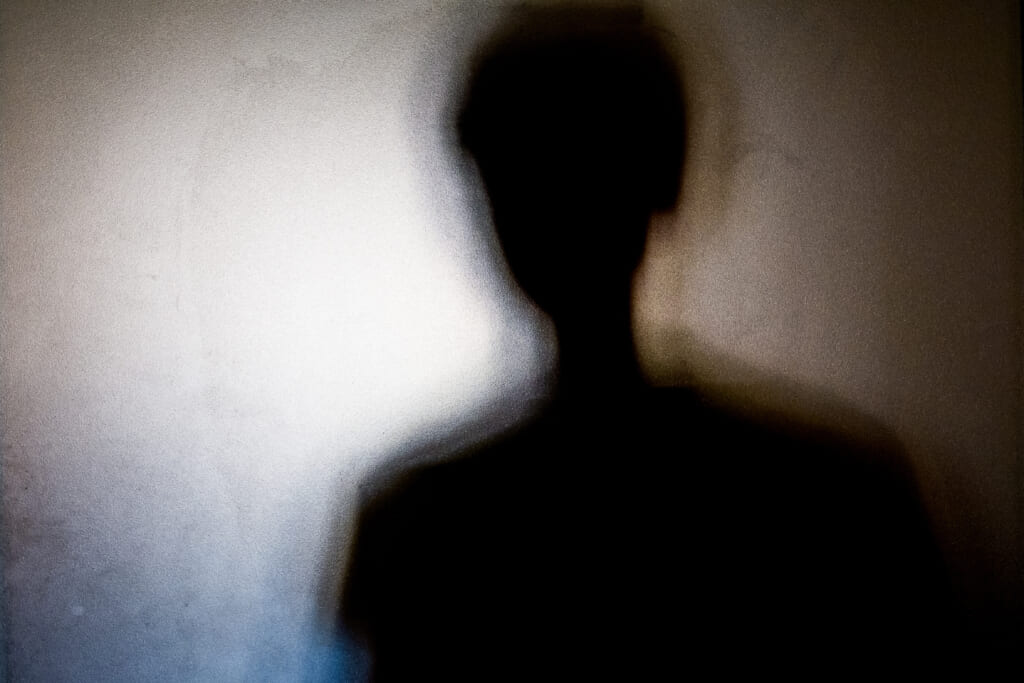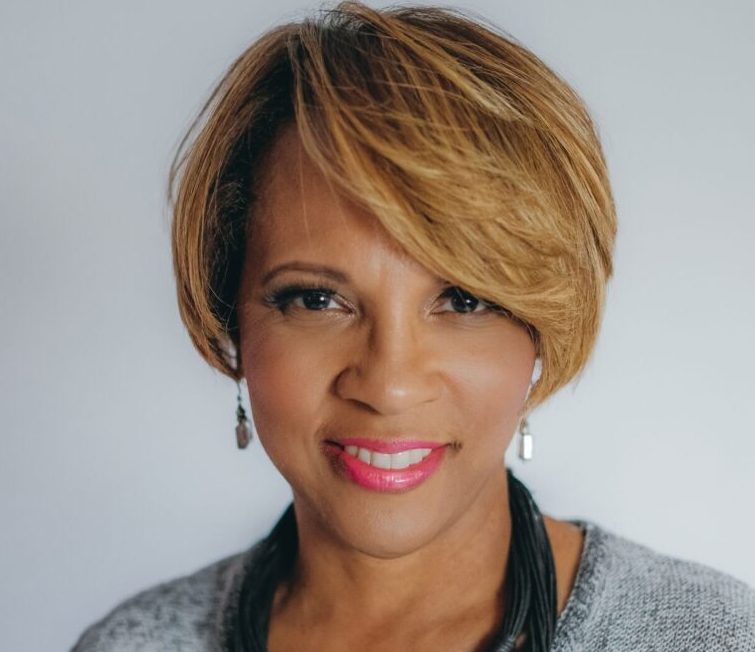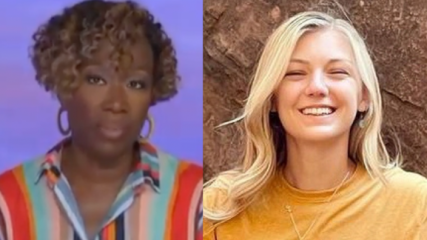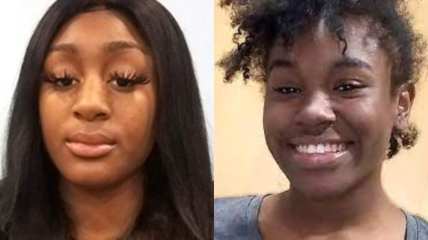Gabby Petito’s death is a tragedy, but what about Black and Brown women and girls?
OPINION: The recent national story of Petito's murder is warranted, but there's a glaring difference in how missing and murdered women and girls of color are covered in the media.

The death of young, beautiful Gabby Petito, likely at the hands of a man she loved and trusted, is another tragic reminder that here in the United States our daughters, nieces, sisters, and granddaughters are not safe from violence, whether it be rape, sexual assault, and worst of all, murder.
To be sure, I think it’s appropriate that such a horrible case has made national news, as did Natalee Ann Holloway’s tragic murder on a high school trip to Aruba in 2005, when the young Alabama woman disappeared and was never seen again. To this day, the FBI still has an open case file on her disappearance whereas the Aruba legal authorities closed the case in 2007, then reopened it in 2008 when the alleged murder suspect admitted she had died and that he had disposed of her body. He later recanted and said that he sold her into the sex slave trade instead. Holloway’s parents had her declared legally dead in 2012, after seven years had passed since her disappearance.
Holloway’s case made international headlines, and for years was the subject numerous TV shows and specials on network television and cable. Much like the murder of young JonBenét Ramsey in 1998, who was just 8 years old when she was found strangled in her home. Her death became tabloid fodder for years as did the exploitation of her story. Ramsey’s murder literally stayed in the national news and consciousness for as much as a decade.

And lest we forget that recently, Netflix dropped an original true crime docu-series about the disappearance of Madeleine McCann, a then 3-year-old British girl who was abducted at a Portugal resort in 2007 while her parents dined at a nearby restaurant. There’s also the more recent cases of Kate Steinle, a young white woman who was killed at a sanctuary city in San Francisco (2015), and young Iowa student Mollie Tibbetts, who was murdered by an immigrant while out for a jog (2018).
These are just a few instances of young, mostly blonde white women or girls were tragically murdered or disappeared who have been incessantly tracked by the national media to help assist in finding answers and their assailants through thousands of media hours, internet articles, and magazine features.
All of their stories are heartbreaking and deserving of our attention and collective national outrage. But why then is this not the case when a Black, Brown or Indigenous girl is murdered, missing, gun-downed or sexually assaulted? Don’t Black women and girls, Indigenous women and girls, Asian women and girls, and Latina women and girls matter too?
We have seen a few stories of Black girls who died tragically make the news like Chicago’s Hadiya Pendleton, who performed and marched in President Barack Obama’s inauguration parade, only to be shot by a stray bullet a week later just a mile from Obama’s Chicago home. And, of course, there was Sandra Bland who was stopped for a traffic violation and ended up hung in her jail cell in Texas allegedly from suicide. There are no news stories, or TV shows, or feature stories in the major magazines, newspapers and media about missing or murdered Black women, indigenous women, or other women of color. And the number of missing Black and Brown girls is staggering. As is the same with indigenous girls and women on reservations and in states like Wyoming, the Dakotas, and other states.
According to Insider Magazine, over 710 Indigenous people, mostly girls, were reported missing over the past decade in Wyoming, the same state where Gabby Petito reportedly disappeared, and none of them made national headlines. This is not uncommon.

As for missing Black girls and women, former Tom Joyner Morning Show host Jacque Reid attempted to spotlight this national tragedy back in 2018-2019. An estimated 64,000 Black girls and women were reported missing in Black and Missing Foundation, and yet, the mainstream media did not consider this data a story worth telling. Beyond the headlines of the Madeleine McCann’s, Natalee Holloway’s, and JonBenet Ramsey’s, these instances of abduction, murder and rape of young women and girls are unfortunately not unique.
In the United States an estimated 460,000 children go missing every year — and a majority of them are of color. According to Robert Lowery, vice president for the Missing Children Division of the National Center for Missing and Exploited Children, about 35% of them are Black and another 20% are Latinx. To put that in better context, at least 55% of missing and exploited children are Black and Brown. Yet, we rarely if ever know their names or their stories.
The way the media handles such cases, was glaringly racist back in 2016 when two young women in New York went missing and were soon found murdered in New York within a week. One of the women, 30-year-old Karina Vetrano, who was horribly beaten, raped and strangled to death while taking a jog in Queens, received national headlines. The other, 20-year-old Dominican-American Maylin Reynoso, whose lifeless body was found floating in the Harlem River, was barely covered in local news, let alone national news.

Regrettably, this is where we are still in the year 2021. Based on our collective responses, the lives of women of color apparently do not matter. And the fault lies again, with largely white, largely male (and now white female) newsrooms. The truth is that they just don’t see us because we are invisible to them. And none of this will change unless and until we see more Black, Brown and Asian editors at the major newspapers, magazines and media outlets. I think what has to happen is that women of color in Corporate America, academia, media and various industries must demand equal coverage and sensitivity on the national level when our daughters, sisters, nieces and loved ones go missing or worse.
Beyond that, what breaks my heart is that we as a society that likes to tout how advanced and civilized we are, still do not address the daily physical and sexual violence against women and girls of any race. And that must change. We as women must unite to have each other’s back. Regardless of race, class or origin. We are the ones that we have been waiting for.

Sophia A. Nelson is a contributing editor for theGrio. Nelson is a TV commentator and is the author of “The Woman Code: Powerful Keys to Unlock,” “Black Women Redefined.”
Have you subscribed to theGrio’s “Dear Culture” podcast? Download our newest episodes now!
TheGrio is now on Apple TV, Amazon Fire and Roku. Download theGrio.com today!


